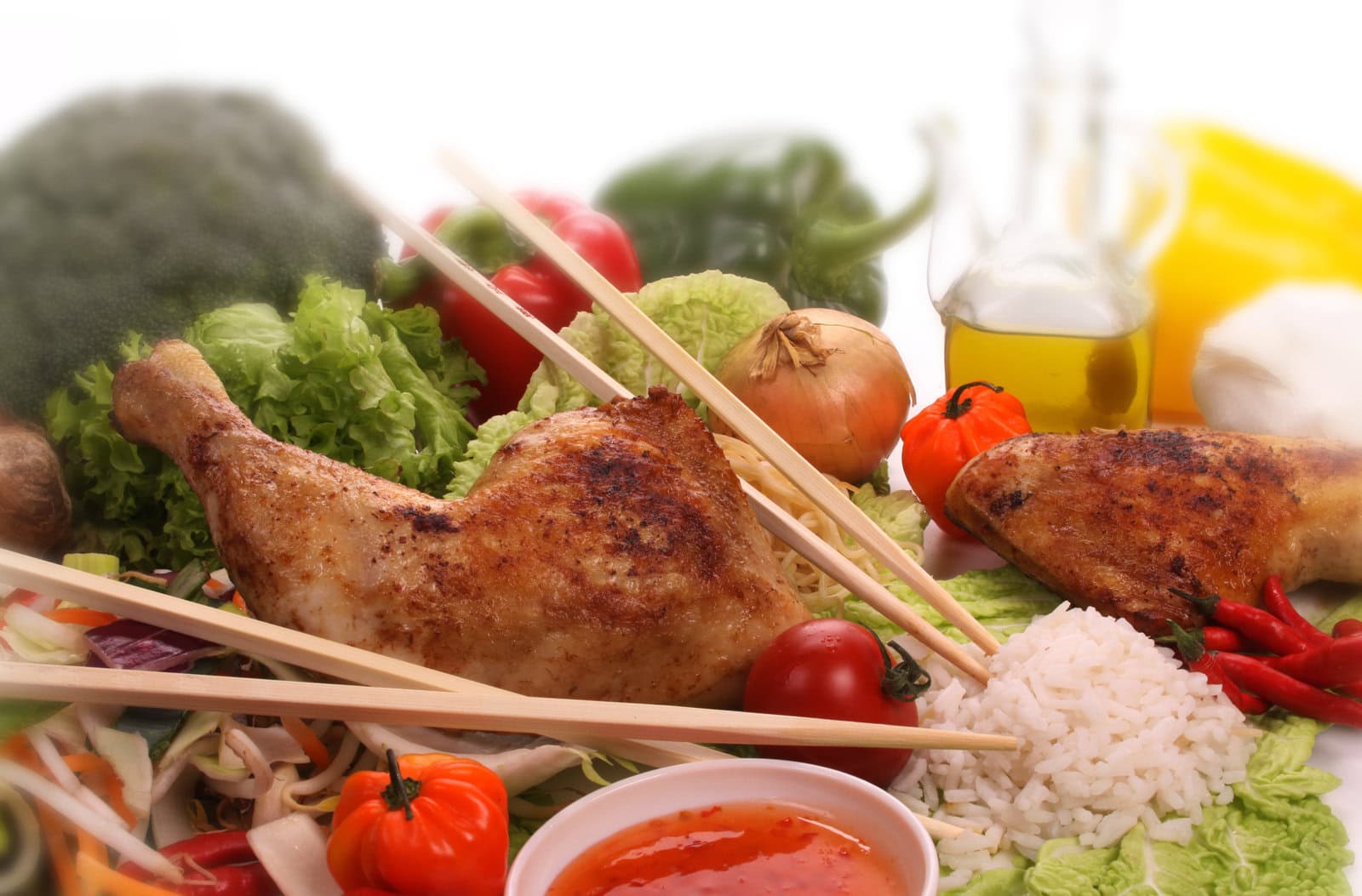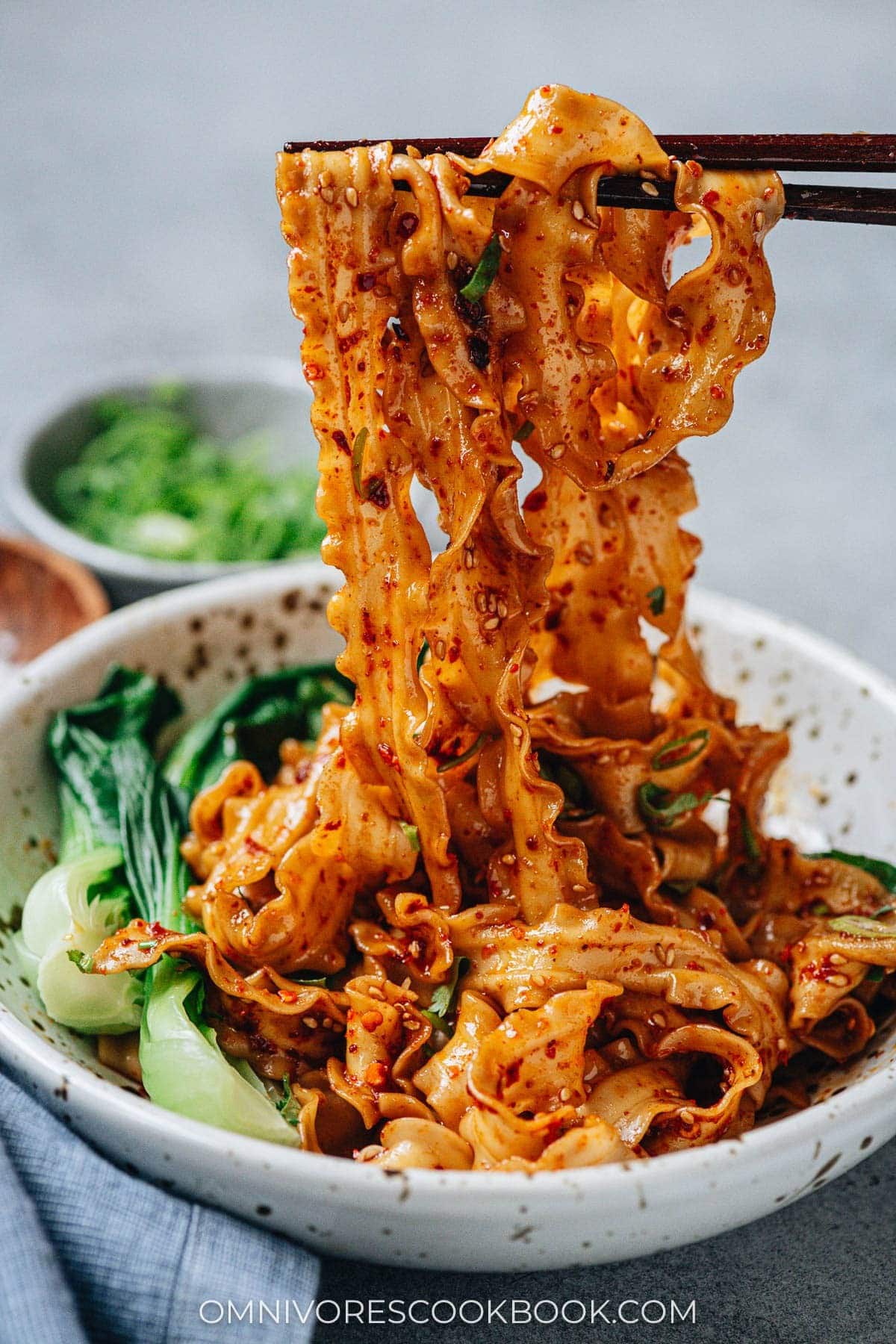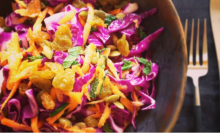
A Quality Extra Virgin Olive Oil Works Well With Many Chinese Dishes
As we approach the Chinese New Year celebrations it may be time to include more extra virgin olive oil in your Chinese and Asian dishes. Not only is it an excellent source of healthy fat, it can also withstand cooking at high temperatures better than some may think.
Here is a flavour of the Chinese meals you can make with your bottle of quality extra virgin olive oil. This quick and simple staple from MyChineseRecipes.com is a great way to maximise the flavour and health benefits of extra virgin olive oil.
Olive Oil Stir Fried Tofu With Rice
Ingredients
- 3 chopped garlic clove
- 1 inch sliced ginger
- 2 teaspoons chili paste
- 1 inch chopped red onion
- 2 chopped shallots
- 100 regular tofu
- 2 tablespoons soy sauce
- 1 stick lemon grass
- 2 tablespoons honey
- handful chopped coriander leaves
- chopped spring onions
- handful chopped coriander
- 1 tablespoon Morocco Gold extra virgin olive oil
- 1 chopped fresh red chilli
- chopped carrots
- 2 tablespoon soy sauce
Instructions
- If you want to have an authentic taste, you should use the rice cook yesterday. Of course, you need to store in the fridge to keep fresh! The reason is that, once you cook the rice and store in the fridge in one night, rice can lose its excess moisture. It prevents rice sticky. In this way, the fried rice can keep its shape. It will be much tastier.
- Heat oil in a preheated pan and add chopped mariner and stir well, then add ginger, garlic, shallots ginger, pepper, and salt. Then add red chilli, honey paste and soya sauce, add some coriander leaves and mix it all together.
- Heat olive oil in a pre-heated pan and add carrots, pepper, ginger, spring onions, and salt.
- Then add lemon juice, fresh red chili, soya sauce, and stir all together, add some chopped coriander leaves and cook for about 5 – 7 minutes. Serve on a pre-heated platter and enjoy.
Biang Biang Noodles (Yu Po Mian)

This delicious twist on noodles from Omnivorescookbook.com packs a punch with flavours.
Ingredients
- Tomato sauce (optional but recommended)
- 1 tablespoon extra virgin olive oil
- 2 tomatoes , diced
- Pinch of salt
- 1 tablespoon tomato paste
- Noodle sauce
- 1 tablespoon light soy sauce
- 1 tablespoon Chinkiang vinegar
- 1/4 teaspoon dark soy sauce (optional)
- 1 teaspoon sugar
- 1 teaspoon sesame oil
- 1 green onion , white part minced, green part sliced for garnish
- 3 cloves garlic , grated
- 1 tablespoon Chinese chili flakes
- 1 tablespoon toasted white sesame seeds
- 1/4 teaspoon cumin powder
- 1/4 teaspoon ground Sichuan peppercorn (optional but highly recommended)
- 3 tablespoons extra virgin olive oil
- Noodles
- 2 bundles (150 g) dried knife shaved noodles (or 400 g fresh wide noodles or hand pulled-noodles)
- 4 heads baby bok choy , tough ends removed and cut into large bite size pieces (*Footnote 1)
- Chopped cilantro for garnish (Optional)
Instructions
- Make tomato sauce
- Add 1 tablespoon of oil into a medium-sized skillet and heat over medium heat until hot. Add the tomato and a pinch of salt. Chop and stir the tomatoes until the tomato pieces break down, 4 to 5 minutes. Pour in a small splash of water if the pan becomes too dry. Add the tomato paste. Keep stirring for 1 minute until the tomato paste is evenly mixed. Transfer to a bowl and set aside.
- Assemble noodles
- Combine the soy sauce, Chinkiang vinegar, sesame oil and sugar in a large bowl. Stir to mix until the sugar has dissolved.
- Bring a large pot of water to a boil. Blanch the baby bok choy for 2 minutes or so, until tender. Transfer the bok choy to a plate to cool off.
- In the same pot, boil the noodles according to instructions. Once the noodles are done, quickly rinse with running tap water to stop cooking. Then drain thoroughly and transfer to the bowl with the soy sauce mixture. Stir to combine.
- Add the white part of the green onion, garlic, chili flakes, sesame seeds, cumin powder and ground Sichuan peppercorn on top of the noodles.
- Heat the oil in a small saucepan over medium heat until hot. Immediately pour the hot oil over the noodles, covering as much seasoning as possible. Then stir everything together to mix well while the oil is still hot.
- Add the tomato sauce and mix again (if using).
- Other Chinese greens like choy sum, gai lan, and pea shoots all work well. You can also cut up some cucumber and top it on the noodles directly.
Cooking Tips For Using Olive Oil In Chinese Cooking
At Morocco Gold, we are always looking for pointers from the experts on how to make best use of a quality extra virgin olive oil and we found this handy list of tips from SavorySuitcase.com to keep you on the right track:
- Start with introducing small amounts of olive oil to adjust to the flavor.
- Use extra virgin olive oil for cold dishes and as a finishing oil.
- Opt for light olive oil for cooking at higher temperatures.
- Store olive oil in a cool, dark place to preserve its quality.
- Experiment with olive oil in marinades and dressings for a Mediterranean twist on Chinese flavors.
- Be mindful of olive oil’s lower smoke point when adapting stir-fry recipes.
- Combine olive oil with traditional Chinese oils to create unique flavor profiles.
We hope you enjoy the Chinese New Year celebrations with lots of delicious olive oil infused cooking.
Important Disclaimer
The information provided on this website is for general informational purposes only. All content, including text, graphics, images, and information, is presented as an educational resource and is not intended as a substitute for professional medical advice, diagnosis, or treatment.
Please consult with a qualified healthcare provider before making any decisions or taking any action based on the information you find on this Website. Do not disregard, avoid, or delay obtaining medical or health-related advice from your healthcare provider because of something you have read on this Website.
If you think you may have a medical emergency, call your doctor, go to the nearest emergency department, or call emergency services immediately. We are not responsible for any adverse effects resulting from your use of or reliance on any information or content on this Website.
By using this Website, you acknowledge and agree to this disclaimer in full.



